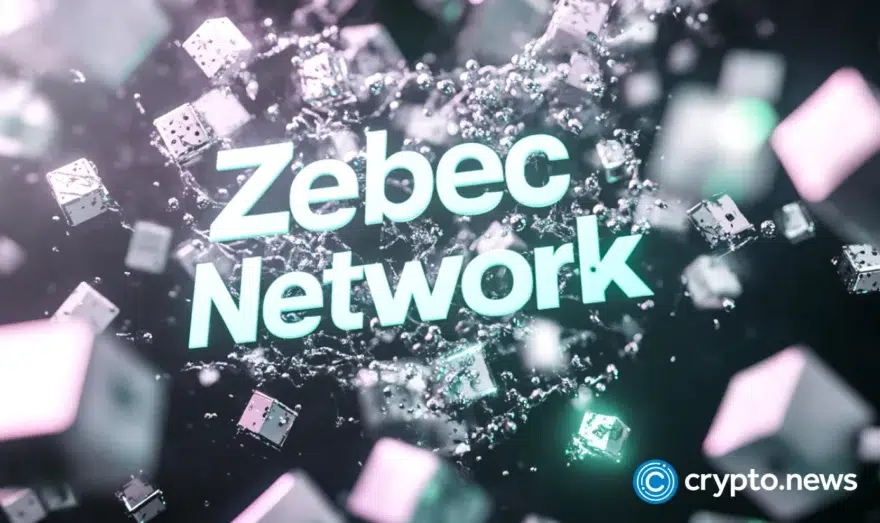Sia Plays Hardball with a Hardfork

On October 1, 2018, Sia Tech, took the controversial step of resetting the Sia Proof-of-Work (PoW) function to brick the Bitmain and Innosilicon hardware which came online to mine the native cryptocurrency of Sia. This means gains for Obelisk miners and great divisions for the Sia community.
Fighting with Forks
This controversial decision came after significant challenges when approaching the economics of ASIC manufacturing which Sia had begun to approach. Sia is a blockchain-based cloud storage platform, and in 2017 it approached the fabrication of application specific integrated circuit (ASIC) mining equipment. This project garnered attention for Sia and its parent company Nebulous, which received millions of dollars from its supporters to pursue the creation of ASIC mining equipment.
At the same time, two additional manufacturers began development of ASICs for the Sia protocol. These companies were Bitmain and Innosilicon. Given that the community had funded the creation of a proprietary ASIC system for Sia to the tune of several million dollars, the entrance of hardware from Bitmain was unwelcome and viewed as an attack on the community itself. This led Sia to examine the decision of hardforking or not. A hardfork would render useless the Bitmain machines while protecting the original Obelisk machines.
Talk of hardforking caused a rift in the Sia community, as any discussion of hardforking usually does. While some believed in the value of the abject immutability of the Sia blockchain, others thought that the sunk cost was too much to bear. Ultimately the controversy revolving around the ethos in the crypto ecosystem that decentralization requires the ability for free competition in all spheres including mining manufacturing.
The Rift Grows
According to a blog released by Sia, the core developers decided against forking originally because of the stalwart view that blockchains are less about democracy and more about stability. This decision against forking was made to seal the schism growing in the community. Ultimately, the developers believed that decentralization was valuable because it left “nobody in control.” This meant that Bitmain would continue to mine on the Sia network in spite of creating a furor in the general population. However, it seems that the damage had already been done as many in the community began to leave.
1/4 Big announcement: the Sia core team has decided to reset the Proof-of-Work algorithm to brick Bitmain and Innosilicon ASIC hardware via hardfork. Blog post here. https://t.co/7gdqVcIM8x
— Skynet Labs (@SkynetLabs) October 1, 2018
Currently, Innosilicon is the principal mining manufacturer on the Sia network with 14nm on the market and presently mining a solid 37.5 percent of the Sia hashrate. This makes them the only manufacturer able to compete with Bitmain. The lack of competition means that there is no price pressure allowing Innosilicon the ability to markup their hardware 100 percent. In short, this allows them enough profit margin to produce an additional mining machine for themselves.
Monopolies and ASICs
This is not an unusual situation. With the exclusion of Bitcoin, most cryptocurrencies have a mining hardware manufacturer. For example, Dash has the Spondoolies SPx36, Decred has the Whatsminer DCR, and Ethereum has the Innosilicon A10. The nature of cryptocurrencies means that each one has its specific manufacturing rig and the expense of creating that hardware often leads to monopoly.
The difficulty with this problem is that creating a proprietary ASIC necessitates a large amount of startup capital. At the moment, the leading model is a 14nm ASIC. With all of the development necessary to bring this ASIC to market, each 14nm ASIC costs between $6 and $8 million to develop. This does not include purchasing the machine or the chips themselves. In the risky ASICs markets, a hefty war chest is necessary to turn a sizeable profit.
This all leaves a significant economic problem for cryptocurrencies with a block reward that is below hundreds of millions of dollars a year. Only when the block rate for a cryptocurrency is sufficiently high can it sustain multiple ASIC manufacturers. This is why Bitcoin can host multiple competitive machines and no other cryptocurrencies can.
Sia initially decided on the ASIC manufacturer monopoly model rather than minting coins with a GPU since no ASIC created coin has been hit with a 51 percent attack. The devs at Sia also believed that the ASIC mining model would protect and even improve the value of the coin being mined. Even though ASIC mined coins are not as decentralized as GPU mined coins, Sia believed that the incentive structure was such that the coin would reach higher safety standards and market capitalization because of it.
Throwing the Killswitch
Sia built a failsafe into its protocol which would allow Obelisk machines to continue mining and render other machines obsolete. While Sia did not fork initially, its hand was eventually forced due to a secret ASIC project that went over the head of the community ASIC project which was primarily funded by Sia community members. Upon the discovery of the secret ASIC project, the issue of hardforking was revisited.
After approaching the community about the decision to fork the option was widely supported. In the blog entry, they claim that this is to prevent an ASIC monopoly, something that they say they will not tolerate in the future either.
This is an intensely political decision which will test the integrity of Sia’s supporters. There have been many renown hardforks in the past, most notably Bitcoin and Bitcoin Cash, as well as Ethereum and Ethereum Classic. Both of these rifts caused supporters to pick sides and disrupted the value of each blockchain. As the conversation between developers, miners, and supporters continues, it is likely that we will see controversial decisions like these, becoming far more common.













